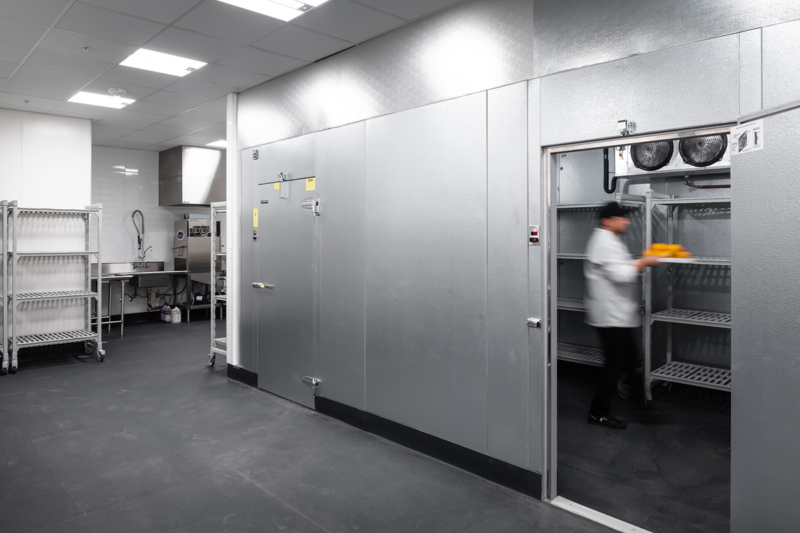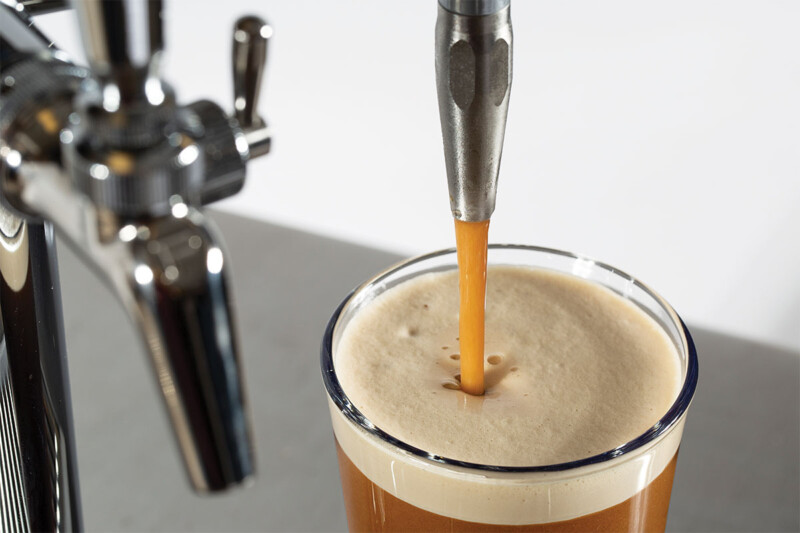
Combis represent a solid investment. Take some time to research what model best fits your operation for your conversation with the dealer/installer. Once you’ve ascertained the requirements—what foods employees will cook, hold or retherm; in what volume and over what time frame; whether the users are skilled chefs, minimum-wage kitchen staff, or both—here are the top five points to consider:
- Gas or electric? You’ll know what choice to make based on the kitchen’s utilities and/or utility prices for a new build. But it’s worth doing some research, since utility rebate deals change from year to year—and can add up to $1,000 per unit or more. Also, if you’re considering a ventless model, gas is out.
- What’s the water situation? A combi oven is an expensive piece of water-using equipment. Where in the kitchen is a water hookup feasible? Is the water pressure adequate? Where can the drain go? What’s in the municipal water? Will the manufacturer offer advice and help on water testing? Combis will require filtering for chlorine and chloramines; hard water may need softening. If the water is high in TDS, a reverse osmosis system also may be required. The intake water must be rechecked at least yearly, since many conditions (such as drought) will affect the composition of what’s flowing from the tap.
- Generator or boilerless? Combis with integrated steam generators or boilers give higher production output in high-volume cooking and steaming, and there’s no warm-up period between cooking loads. However, water consumption is higher, scale buildup is harder to see, and maintenance is generally more expensive. One company offers a “symbiotic” system with a micro-boiler used only during high-demand periods.
- What about ventilation? What hood will the combi go under, and will the specified combi model fit? Hood clearance varies. How about the required overhang? A combi can be several inches deeper from front to back than a convection oven it’s intended to replace, so it may not fit into the footprint without modifying the hood. A ventless combi is another option to consider, either alone or in tandem with a conventional combi under the hood. Also, what’s the recommended clearance on the sides and back of the unit?
- Manufacturer support. Does the manufacturer offer authorized installation? Is there an authorized service network? How quickly and thoroughly do servicers respond to operators’ needs? Can parts be obtained quickly, or must they be shipped from the manufacturer in Europe? How much support does the manufacturer offer in terms of recipes, recipe-creation programs and on-call chef support? Are recipes geared to the U.S. market and U.S. ingredients rather than European needs and ingredients? Are the manufacturer’s chefs there primarily to support sales or to help users of the company’s combis?
RELATED CONTENT
- Advertisement -
- Advertisement -
- Advertisement -
TRENDING NOW
- Advertisement -
- Advertisement -
- Advertisement -


